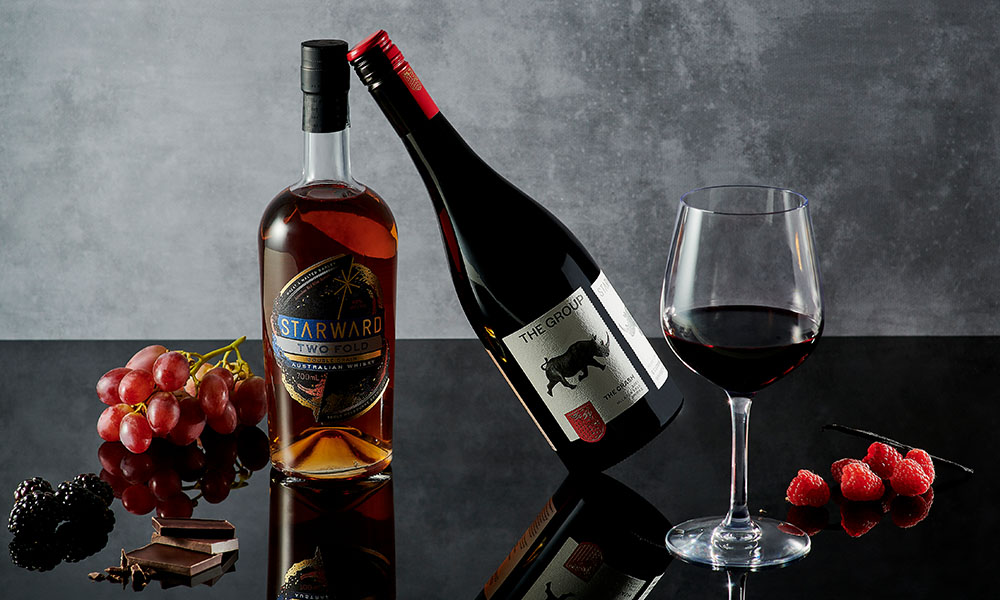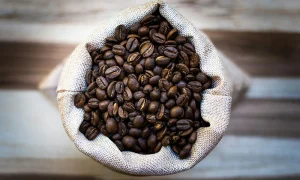Delving into the world of wine opens up a stunning palette of flavors and aromas, each offering its own invitation to explore. Whether you prefer the buttery smoothness of chardonnay, the zesty brightness of sauvignon blanc, or the lighthearted charm of pinot gris, each variety adds a distinct character to dishes like seafood, poultry, or hearty, sauce-laden pastas. If your taste leans bolder, you might find satisfaction in the velvety depths of merlot, the powerful grip of cabernet sauvignon, or the layered spice of a red blend. What makes wine so captivating is its ability to elevate even the simplest meal into a flavorful event worth savoring.
The essence of any wine begins with the grape—a humble fruit that carries within it all the potential for sweetness, structure, and acidity. These qualities are shaped not only by the grape’s genetic makeup but also by its environment. Grapes from cooler climates, for instance, often yield wines with brighter acidity and lighter bodies, like pinot noir or sauvignon blanc. In contrast, grapes bathed in more sun tend to result in richer, more full-bodied wines such as syrah or cabernet sauvignon.
Equally important to the wine’s final character is the journey it undergoes during production. Winemaking techniques dramatically shape the texture, aroma, and depth of the finished product. Take barrel aging: when a wine rests in oak, it often picks up warm notes of vanilla and toast, adding richness, especially to varietals like chardonnay. Meanwhile, red wines benefit from extended contact with grape skins and seeds during maceration, deepening both their hue and flavor profile. Behind the scenes, details like temperature control, hygiene, and the use of sanitary fittings play a quiet yet critical role in preserving purity and preventing contamination throughout the process.
Ultimately, wine is not just a drink—it’s an intricate fusion of tradition, science, and craftsmanship. From vine to bottle, each decision made along the way contributes to a narrative that unfolds with every pour, enriching the dining experience and making each glass a moment to appreciate.



